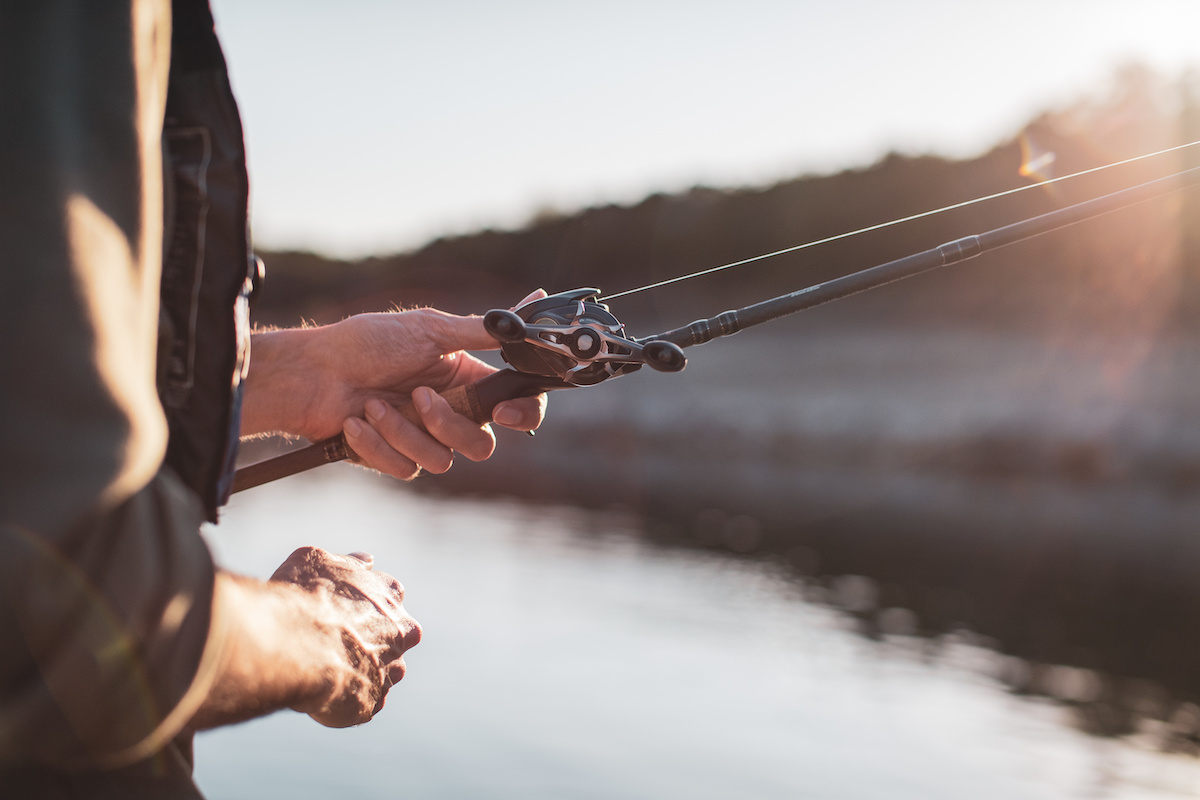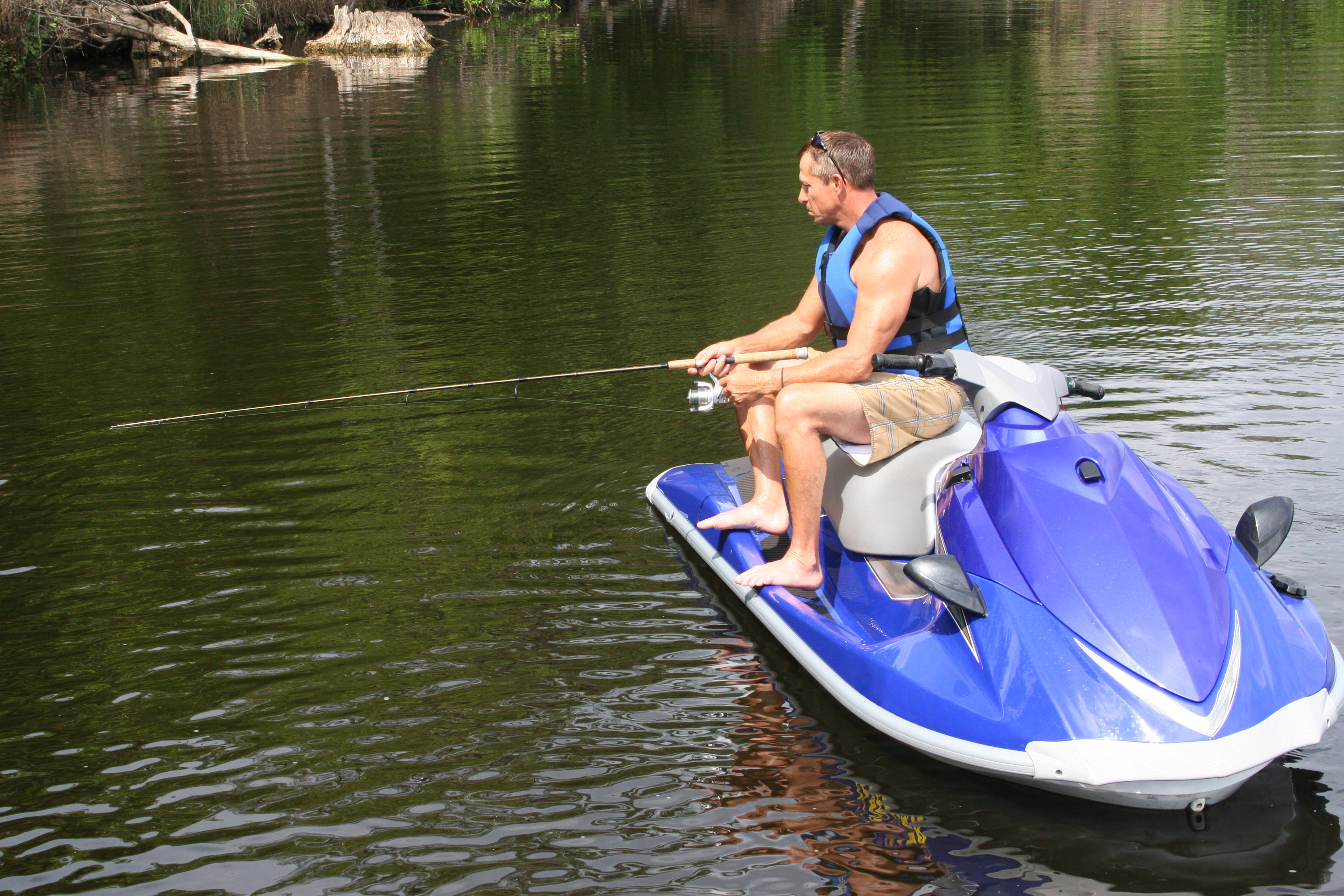Brown Trout
Salmo trutta
Brown trout tend to grow bigger, live longer, and tolerate a wider range of habitat types than either brook trout or rainbow trout. Fishermen consider them to be among the smartest, most difficult trout species to catch.
- Distinguishing Marks:
Brown trout vary greatly in appearance, but are generally olive green to brown on top shading to a creamy, golden-yellow on the sides and an off white along the belly. Most brown trout are covered with black spots along their sides, back, and dorsal fin with each spot surrounded by a light halo. Frequently, the spots near the lateral line are red. Unlike other trout species, brown trout tails have few if any spots.
- Size:
Unlike brook trout, brown trout can grow to considerable size, up to 20 pounds. However, the average size is around 12 to 14 inches.
- Distribution:
Brown trout are native to the British Isles and most of Europe, but because of their adaptability and widespread introductions, they are now found throughout the world wherever water is suitable.
- Habitat:
Brown trout favor clean, clear, cold streams, but are more tolerant of temperature variations and turbidity than brook trout and other less adaptable trout species.
- Food:
Brown trout will eat almost any prey item that it can swallow, including a variety of aquatic insects and invertebrates, small fish, crayfish, and a wide variety of land insects like ants, beetles, gnats, caterpillars, and inch worms. They are known also to eat frogs and the occasional mouse.
- Spawning:
Brown trout spawning behavior is similar to the brook trout, but usually occurs a week or two later, from late October through November.
- Fishing Tips:
Brown trout frequently feed on the surface, making them a delight for fly anglers using dry flies. But, brown trout are intelligent and can frequently detect the difference between a natural insect and even a well-crafted imitation.

